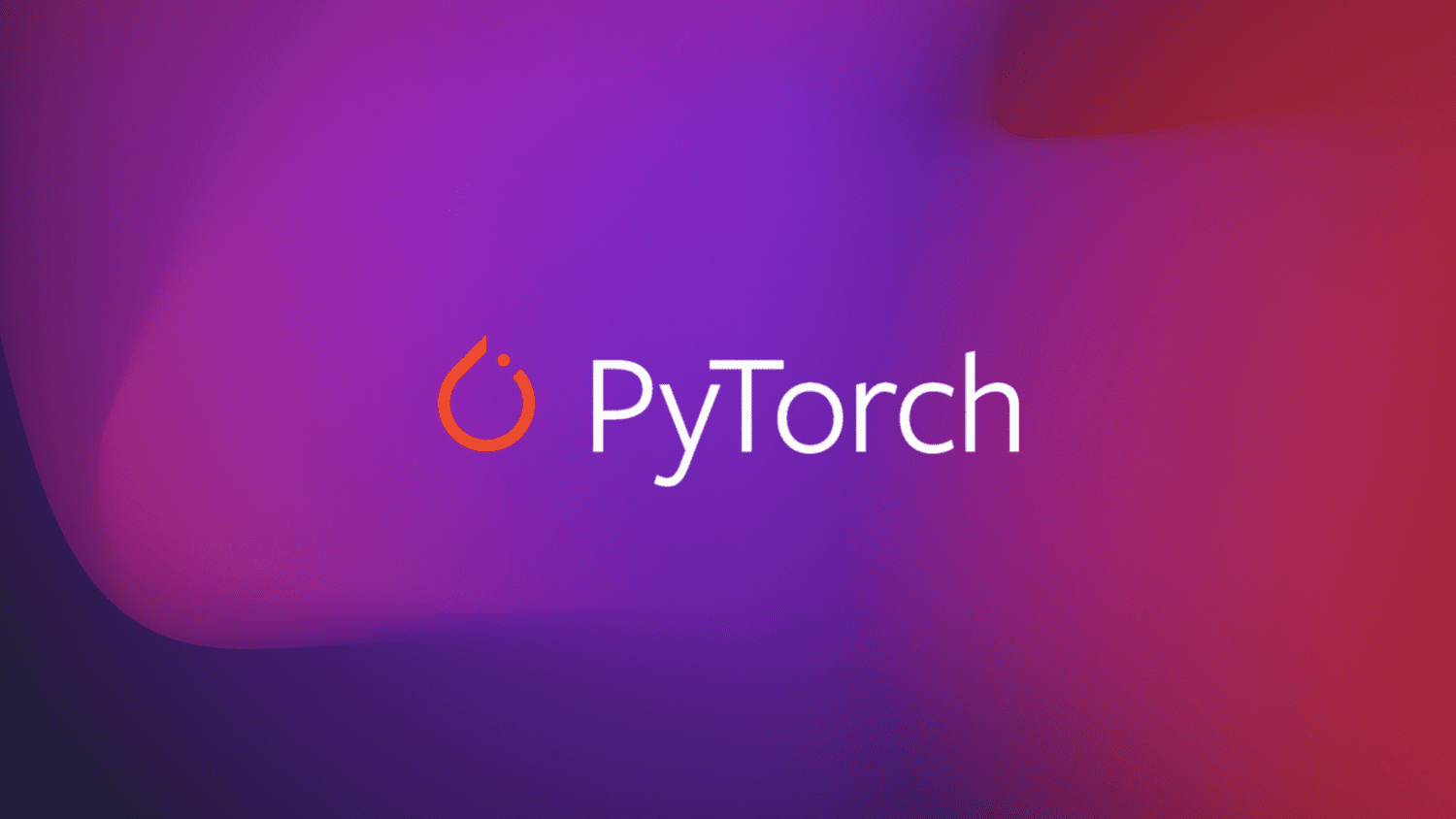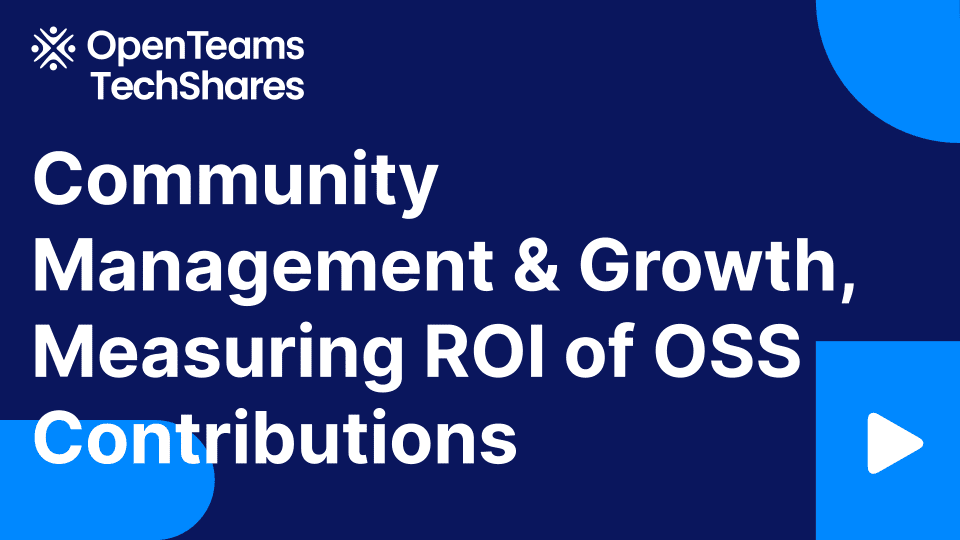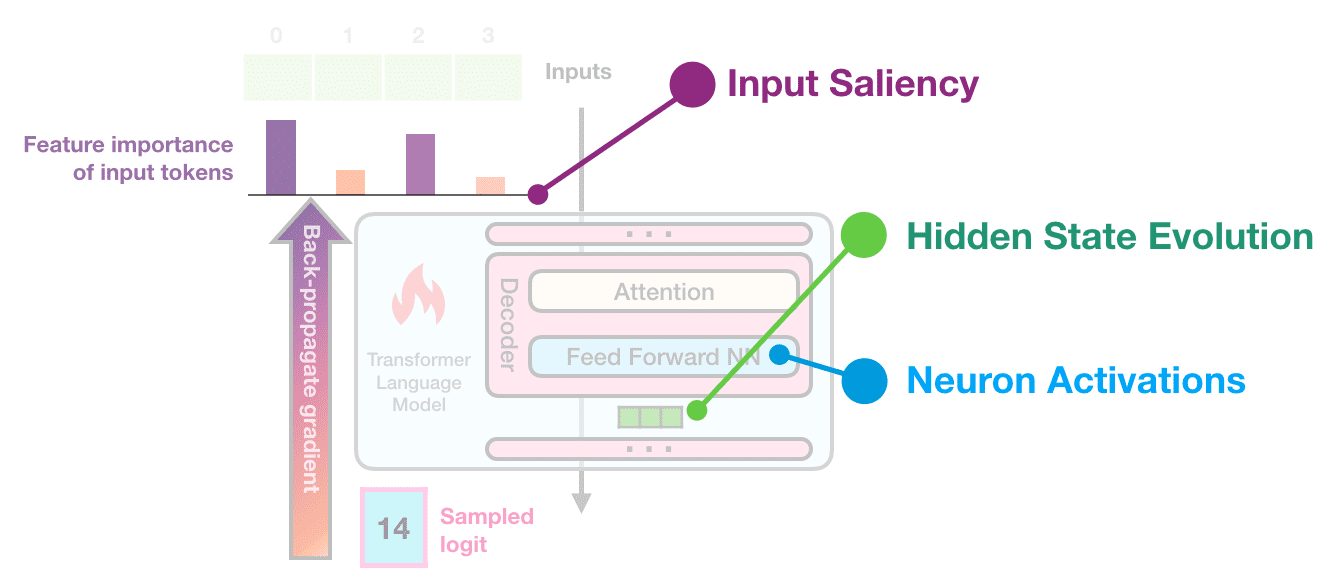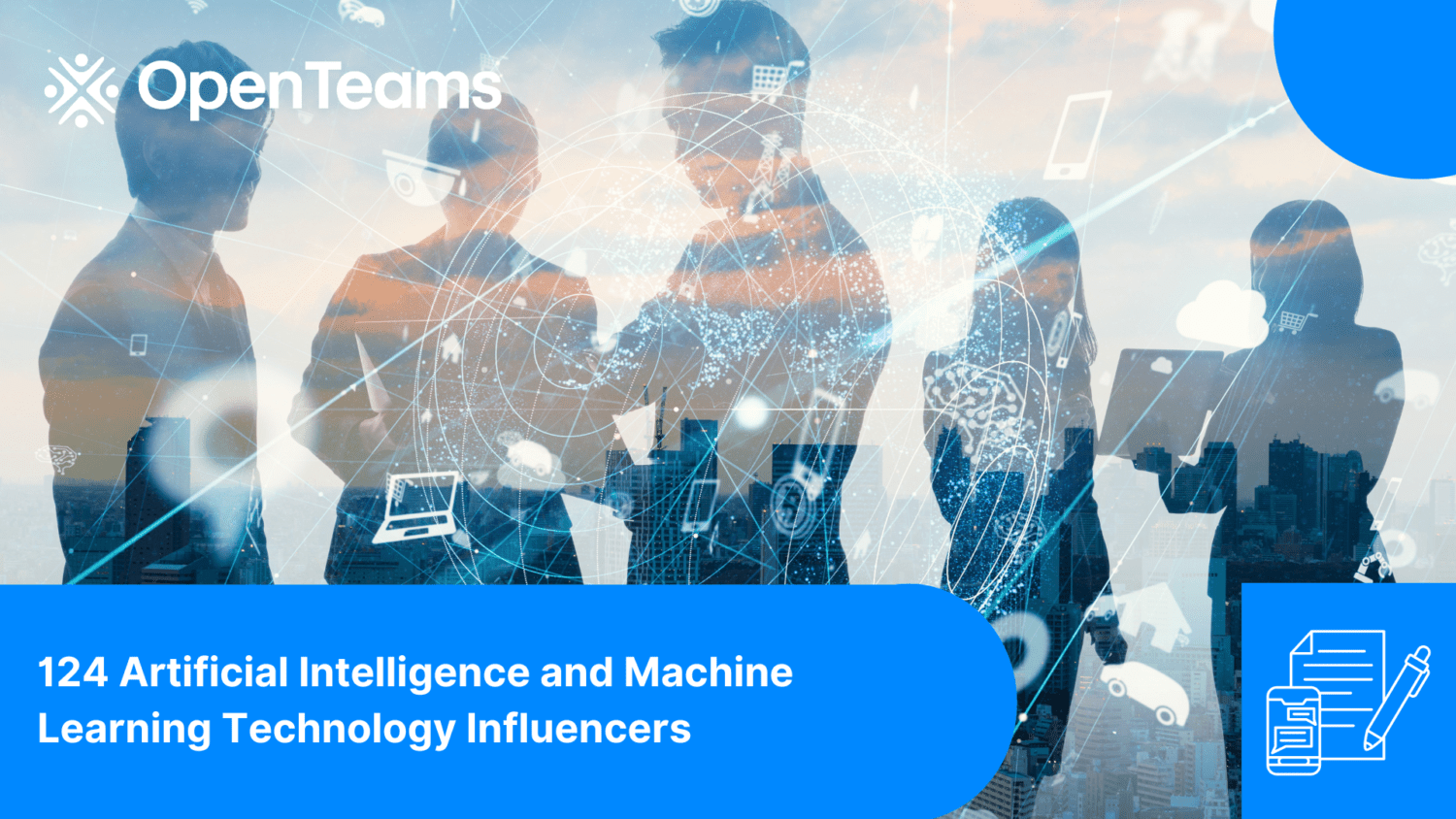
IBM Joins the PyTorch Foundation as a Premier Member
The PyTorch Foundation, part of The Linux Foundation, is pleased to announce that IBM has joined as a premier member.

The foundation serves as a neutral space for the deep learning community to collaborate on the open source PyTorch framework and ecosystem. With its extensive industry expertise and leadership in open source and AI, IBM is committed to actively contributing to the PyTorch community.
IBM offers a comprehensive portfolio of enterprise AI solutions and recently released watsonx, its next-generation data and AI platform. IBM’s watsonx platform leverages PyTorch to offer an enterprise-grade software stack for end-to-end training and fine-tuning of AI foundation models.
“By joining the PyTorch Foundation, we aim to contribute our expertise and resources to further advance PyTorch’s capabilities and make AI more accessible in hybrid cloud environments with flexible hardware options,” said Priya Nagpurkar, Vice President, Hybrid Cloud Platform and Developer Productivity, IBM Research. “We intend for our collaboration with PyTorch to bring the power of foundation models and generative AI to enterprises using the watsonx platform to drive business transformation.”
IBM and PyTorch have already collaborated on two projects. The first enables foundation models with billions of parameters to train efficiently on standard cloud networking infrastructure, such as Ethernet networking. Together, IBM and PyTorch have also worked on ways to make checkpointing for AI training considerably more cost-effective, by fixing the distributed checkpointing within PyTorch to support certain types of object storage.
“We’re happy to welcome IBM as a premier member. IBM’s expertise and dedication to advancing the field of artificial intelligence align perfectly with the mission of the PyTorch community,” said PyTorch Foundation Executive Director Ibrahim Haddad. “Their commitment to open collaboration and innovation will strengthen our collective efforts to empower developers and researchers worldwide.”
As a premier member, IBM is granted one seat to the PyTorch Foundation Governing Board. The Board sets policy through our bylaws, mission and vision statements, describing the overarching scope of foundation initiatives, technical vision, and direction.

We’re happy to welcome Raghu Ganti, Principal Research Scientist at IBM Research, to our board. Raghu co-leads IBM Research’s foundation model training and validation platform, built on Red Hat OpenShift. His team primarily contributes to the PyTorch training components, with the mission of democratizing training and validation of foundation models.
To learn more about how you can be a part of the PyTorch Foundation, visit our website.




